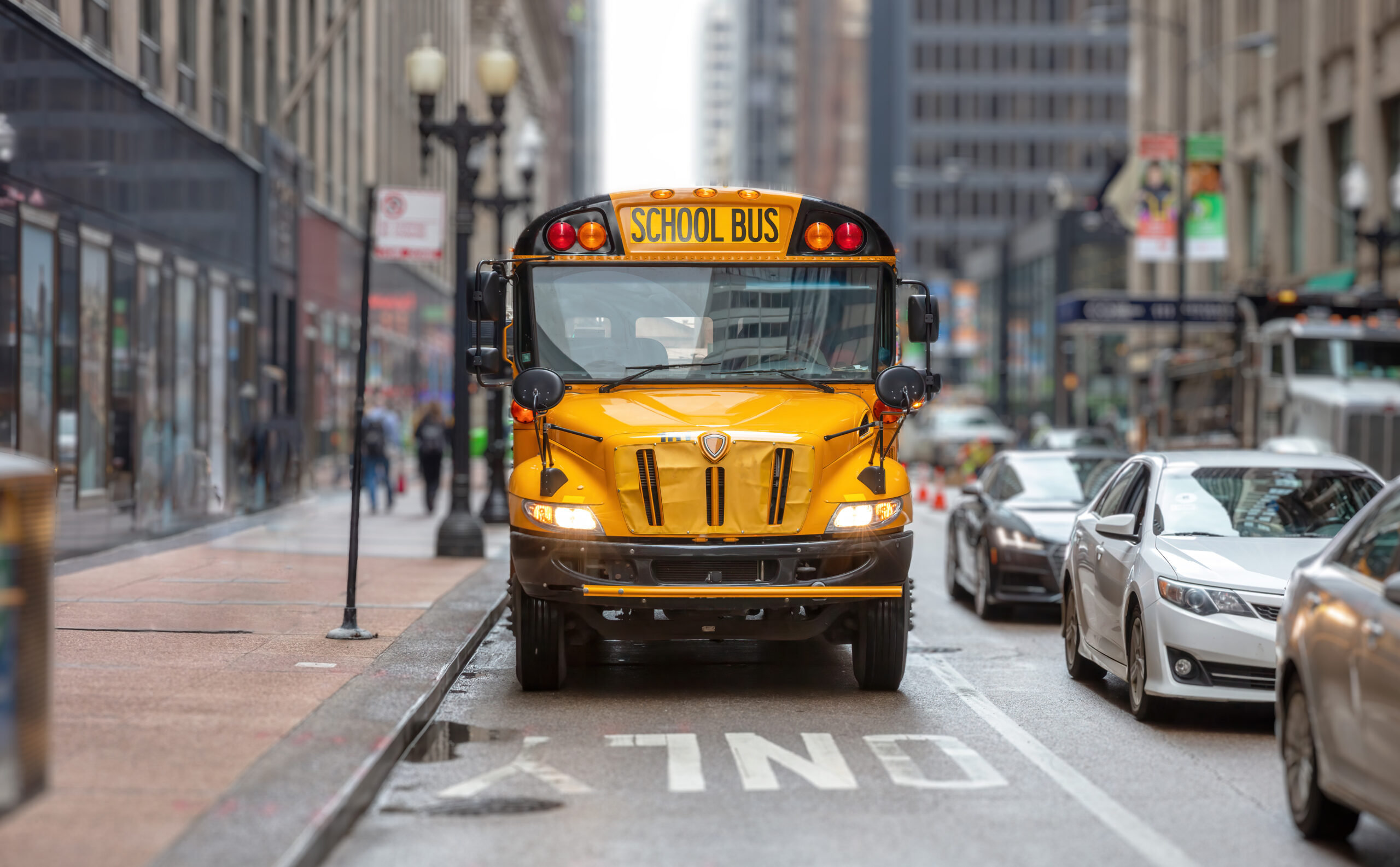Vision Zero initiatives draw inspiration from best practice examples, embrace tactical urbanism strategies, and aim to create safe streets for all road users. By learning from successful models, implementing innovative tactics, and prioritizing safety in street design, Vision Zero programs can achieve meaningful progress towards eliminating traffic fatalities and severe injuries. This article explores exemplary best practices, tactical urbanism approaches, and the creation of safe streets within the Vision Zero framework.
Vision Zero Best Practice Examples
Best practice examples showcase successful strategies and interventions from Vision Zero initiatives worldwide:
- New York City, USA: Implementing comprehensive street redesigns, traffic calming measures, and enhanced enforcement efforts to achieve significant reductions in traffic fatalities and injuries.
- Stockholm, Sweden: Prioritizing pedestrian safety through measures such as speed reductions, improved crossings, and pedestrian-only zones, resulting in a dramatic decrease in pedestrian fatalities.
- Oslo, Norway: Embracing a holistic approach to road safety by focusing on street design, speed management, and public transportation improvements, leading to a notable decline in traffic fatalities.
- Barcelona, Spain: Implementing superblocks—large areas with restricted vehicle access—to reclaim public space, promote active transportation, and improve road safety for pedestrians and cyclists.
Vision Zero Tactical Urbanism
Tactical urbanism involves low-cost, temporary interventions to test and demonstrate street design improvements:
- Pop-up Bike Lanes: Temporarily converting existing traffic lanes into protected bike lanes using temporary materials such as cones, bollards, or planters to showcase the benefits of safer cycling infrastructure.
- Street Murals and Art Installations: Using artistic interventions to create visual cues, slow traffic, and enhance pedestrian safety at intersections and crosswalks.
- Parklets and Plazas: Temporarily repurposing parking spaces or underutilized areas into vibrant public spaces with seating, greenery, and activities to promote community engagement and pedestrian activity.
- Temporary Traffic Calming Measures: Installing temporary speed humps, chicanes, or curb extensions to slow vehicle speeds and create safer environments for all road users.
Vision Zero Safe Streets
Safe streets prioritize the safety and well-being of all road users, regardless of mode of transportation:
- Complete Streets: Designing streets to accommodate the needs of all users, including pedestrians, cyclists, motorists, and public transit riders, with features such as wide sidewalks, protected bike lanes, and designated transit lanes.
- Traffic Calming: Implementing measures to reduce vehicle speeds, such as speed humps, raised crosswalks, traffic circles, and curb extensions, to create safer environments for pedestrians and cyclists.
- Protected Intersections: Designing intersections with protected crossings, dedicated signal phases for pedestrians and cyclists, and advanced warning systems to minimize conflicts and improve safety.
- Vision Zero High-Visibility Crosswalks: Installing high-visibility crosswalk markings, pedestrian refuge islands, and enhanced lighting to improve visibility and safety for pedestrians at intersections and mid-block crossings.
Conclusion
By drawing upon best practice examples, embracing tactical urbanism, and prioritizing safe streets, Vision Zero initiatives can create environments that prioritize the safety and well-being of all road users. Through innovative interventions, community engagement, and a commitment to Vision Zero principles, cities around the world can achieve significant reductions in traffic fatalities and severe injuries, ultimately working towards the shared goal of zero deaths on our roads.

